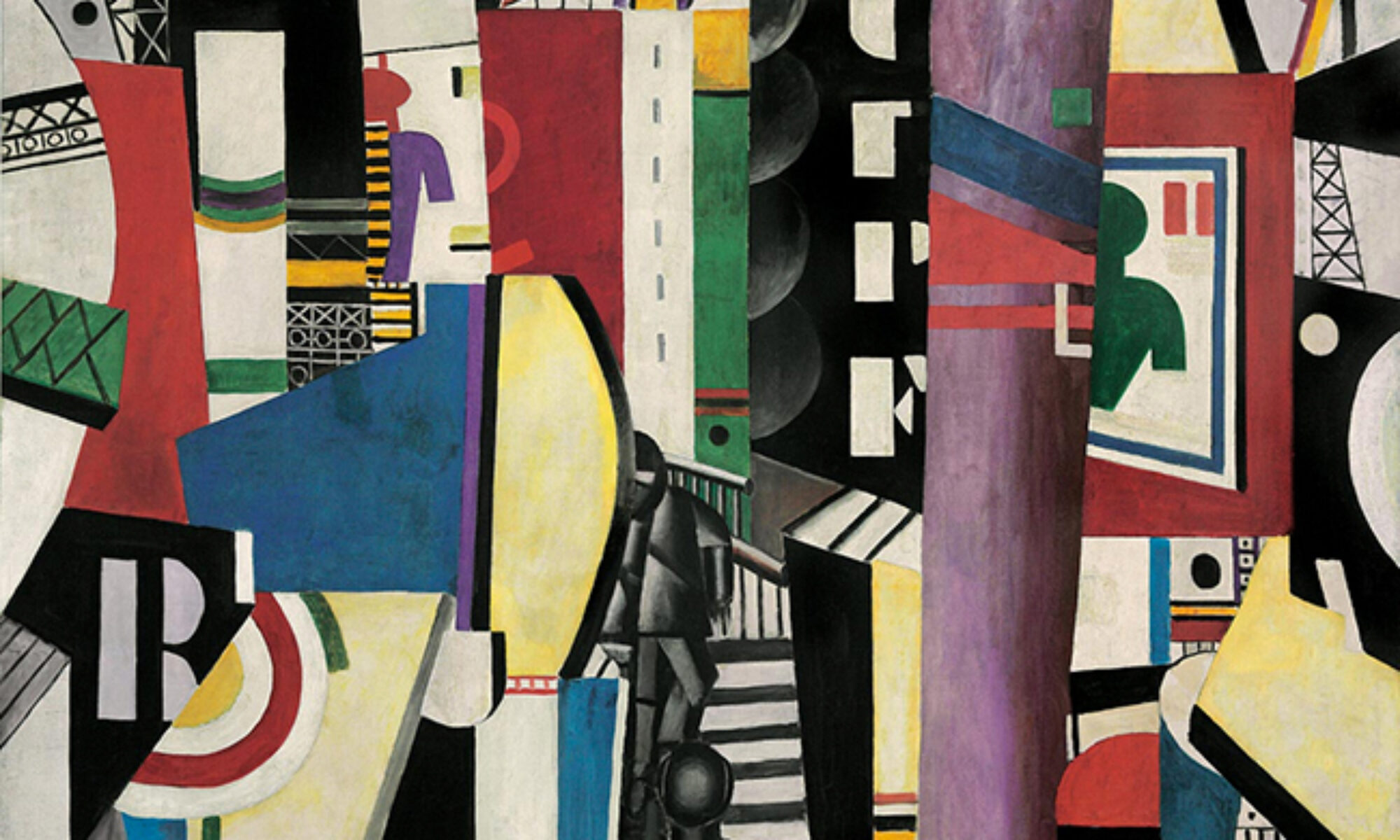Austin Love – Class: 11:00 a.m.
A blurry sea of headlights and colors swell the roads as schools of people walk along the sidewalk along-side on their way to work. After pushing through the swivel door to their office, workers are greeted with the familiar sight of foosball tables, napping pods, and relaxation areas as they prepare to sit down at their open desks where everything they do is free for all to see and scrutinize. This is the work environment of numerous tech companies in San Francisco, specifically in Silicon Valley, a world-renowned tech hub. While these commodities or office perks seem inviting and to some even luxurious, they are more than just a welcoming gesture of companies’ displaying their willingness to innovate and make their workspaces more comfortable to employees. In reality, these perks are symptoms of a large problem with American work culture prevalent in the San Francisco workforce. This issue is known as “hustle culture” or the “grind”. These words are slang for overworking which as described in the article, “The Dark Side of the Overwork: An Empirical Evidence of Social Harm of Work from a Sustainable HRM Perspective” as “working hours beyond the required average” (Sugumar Mariappanadar and Ina Aust). Overworking takes priority over other aspects of employees’ lives regardless of their own personal interests and even health. The city of San Francisco is infamous for this toxic culture of overworking and the reason for this is namely attributed to the city hosting Silicon Valley.
San Francisco celebrates the idea of perpetual movement. From having thousands rush in and out of the city over Golden Gate Bridge to the various tech companies and startups present in the city also known as Silicon Valley. Hustle culture is promoted by companies to citizens to motivate them to always be working and to limit breaks as the key to success is a result of the amount of time put in, or at least that is what is suggested. Workers’ identities and respect from others seem to revolve around how hard and long they are able to mindlessly grind away at work-related tasks. This ironically resembles the process of producing a drug prominent in hustle culture, coffee. Just as beans are grounded into a fine powder only to have blistering hot water poured over them to produce a drink. Employees are all but being coerced into working tirelessly at their jobs while being drowned under an endless assortment of tasks. To corporations, employees are reminiscent of coffee, they are a resource to be used until nothing left can be extracted from them before they are disposed of. This apparent lack of compassion only fuels employees’ drive to hustle to avoid being considered used up and dropped since job security is practically a thing of the past. In spite of this morally bankrupt practice, companies still manage to rake in thousands of workers through the use of office perks that until somewhat recently were hard to find outside of the Silicon Valley area.

I created this picture to serve as an amalgam of the incentives companies such as Google, Facebook and Twitter offer that up until a few years ago were exclusive perks possessed by these tech giants and a handful of startups. Providing breakfast, lunch, dinner, exercise equipment, and even places to nap are not only commodities to encourage people to work for them but provides an excuse for employers to maximize the time their employees spend working since most of their needs such as food, exercise and to a certain extent, even sleep, are provided for them. This obsession with keeping employees at the office as long as possible is a dehumanizing aspect of the hustle work culture. It not only stunts the personal development of employees by having them funnel the majority of their time into the company, but the stress of working can be physically detrimental as well due to the near-constant source of stress.

One of the popular art styles created during the Modernist movement was Expressionism. Expression was strongly intertwined with Modernism due to its embracement of emotional honesty to the point of vulgarity. This is well depicted in the work known as The Scream made by Edvard Munch in 1893. The man in the center is depicting someone undergoing an intense amount of anguish about something while people in the back walk past him as if they are oblivious to his obvious distress. This striking image captures the stress of a person in a deep struggle. Regarding San Francisco’s hustle culture, this image would be symbolic of a person crying out as they attempt to keep up with the demands of work in San Francisco’s voracious appetite for productivity. The gaunt appearance of the figure resembles some of the physical characteristics synonymous with the effects of people undergoing extreme stress with physical symptoms that manifest as sleep deprivation, baggy eyes, and excessive weight loss. This hustle culture celebrates the toxic lifestyle of treating a job as the core determining factor of one’s worth to society. Consequently, observers to the victims of hustling either outright ignore the suffering of people afflicted with this self-destructive mindset or treat their pain as part of the process to becoming successful and call no attention to it just as they have been conditioned to do by the widespread glamorization of overworking.
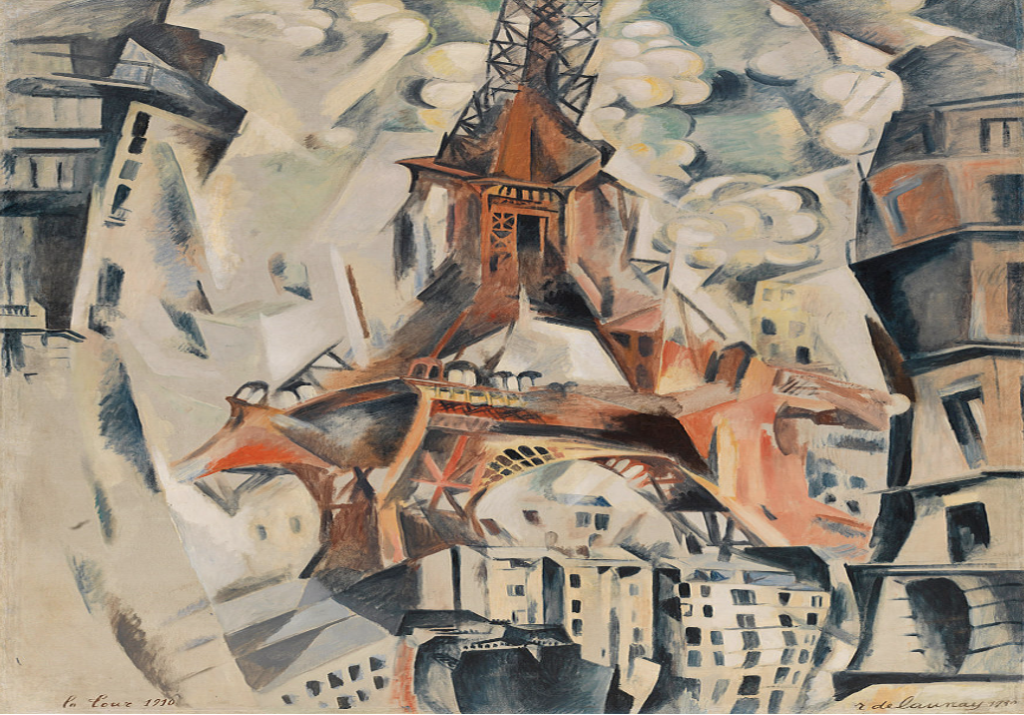
Another art style developed as part of Modernism was Cubism. While the cubist painting here is a depiction of the Eiffel Tower in France and its host city of Paris, it shares a sense of symbolism with the Golden Gate Bridge in San Francisco, California. These are both iconic cities with well-known cultures and identities, however, the inhabitants do not experience the idealized version of their respective cities, rather they are almost suffocated or crushed by the sheer number of issues and responsibilities they must deal with in these cities. This is represented by the cluster of buildings surrounding the Eiffel Tower that almost seem to be compressing and twisting it as if to demonstrate how the reality of the harshness of these cities puts so much pressure onto people that it warps the idealization of living in these cities. This leads to the painting inciting an almost claustrophobic feeling which works well considering the frantic atmosphere of San Francisco where people feel boxed inside of the city since they always have something to take care of being swarmed with work and the societal expectation that they should always be productive otherwise they are wasting their time.
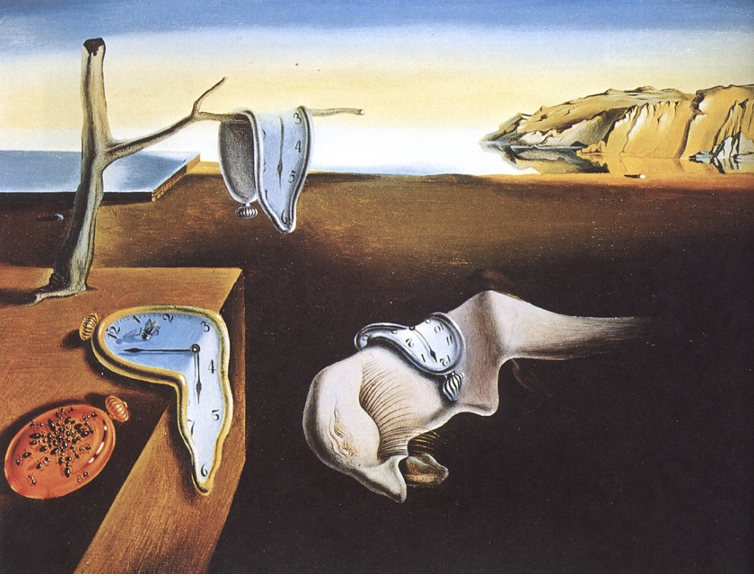
Surrealism was another fundamental art style of the Modernist movement. The clock has always been a symbol of structure and time. In this surrealist painting, the distorted clocks demonstrate the deterioration of time and how the time people spend working and the time they spend on themselves start to meltdown and become less stable. The drooping clocks could be seen as symbolizing how in a hustle-focused work environment clocking out or leaving the office is no longer a concrete way of someone knowing they are done spending their time working instead they most likely will be spending time on their job even while at home. The warped appearance of the clocks is a strong component of modernism which often ignores the conventional appearance or structure of both literature and art in favor of more experimental styles. Likewise, San Francisco seems to have rejected the typical nine to five work cycle in exchange for a more all-encompassing approach where people work as much as companies believe to be sustainable.
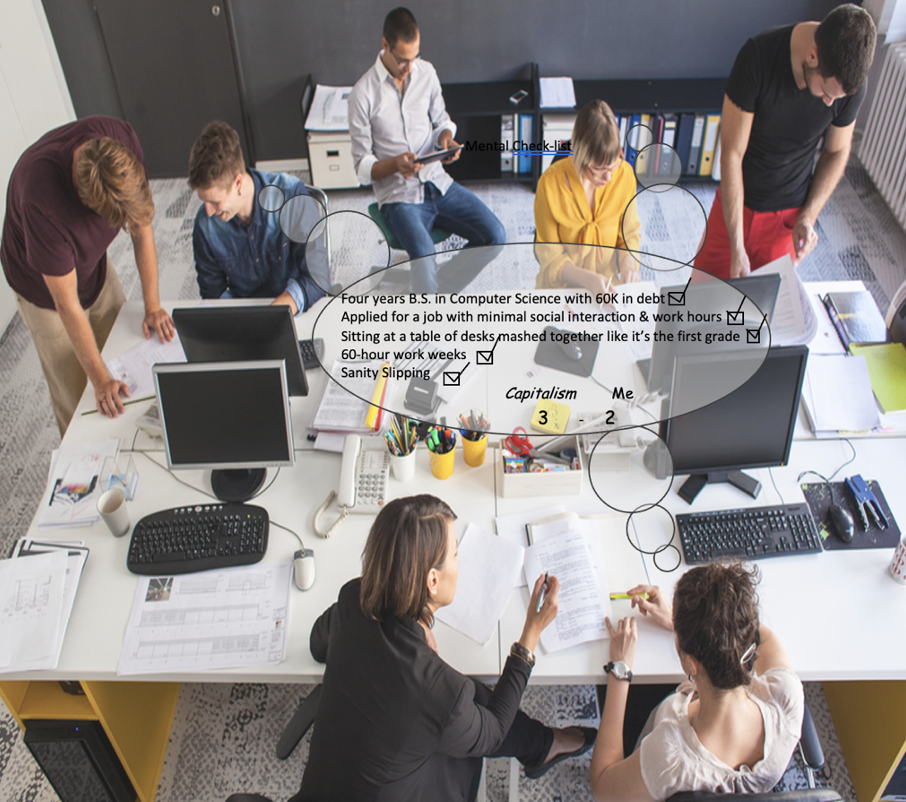
I created this picture to represent the effect on mental health that San Francisco’s hustle culture has on workers. This constant need to work whittles down their ability to focus and be productive despite the entire point of spending more time working to raise productivity. Outside of the more superficial commodities like entertainment centers and napping pods, open offices are a large part of the hustle culture since they supposedly establish more opportunities for collaboration. In reality, they just mentally drain workers even faster than before due to a lack of privacy. The longer hours spent working at the office in conjunction with the forcibly increased amount of social interaction is putting a large strain on workers mentally. This leaves them mentally exhausted by the time they finish working and leaves them with little energy left to do things that would allow them to unwind and recover from the day continuing the self-destructive cycle of overworking.
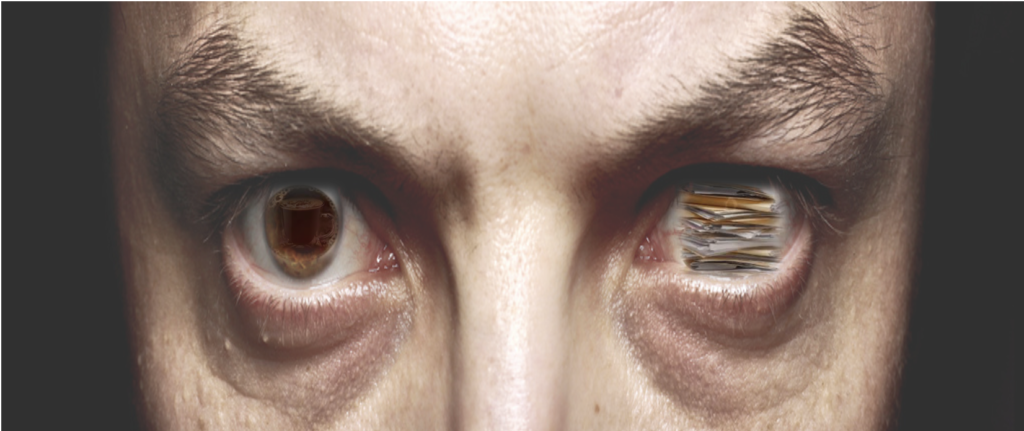
As depicted in the image I customized, San Francisco’s obsession with productivity and constant motion not only incites a toxic work environment that is mentally damaging to employees but physically detrimental as well. As it was briefly mentioned, when discussing The Scream, there are mental and physical consequences for people being overworked since being overworked means someone is under work-related stress for longer stretches of time than normal. As a result, the mental health of employees falls as their time to rest and recover is greatly reduced which leads to insomnia and higher blood pressure. These two symptoms begin to cause worse problems such as sleep deprivation and an increased risk of developing a disease or illness as a consequence of a severely weakened immune system stemming from the sleep deprivation as described in the article “Sleep, Immunity, and Circadian Clocks: a Mechanistic Model”, (Thomas Bollinger). The stress of overworking on the mind and body results in a feedback loop of negative effects.
The city of San Francisco has a major issue with overworking and must resolve its hustle culture before it starts to have long-term effects on the workforce. Actively discouraging overtime and pushing unfinished work to the next workday rather than having employees take it home would be extremely beneficial to the physical and mental welfare of employees. Additionally, substituting superficial benefits such as game consoles and sports equipment in exchange for better pay, job security, and health insurance would be a better trade-off than what is currently being offered. San Francisco is a city well aligned with the theme of Modernism, it is a city consumed with the idea of growth and change and is completely upfront with what it is regardless of whether or not it is positive. San Francisco’s work culture represents the shift from traditional practices to more modern ones but that does not mean it still cannot be improved upon.
Works Cited:
Bernstein, Ethan S., and Stephen Turban. “The Impact of the ‘Open’ Workspace on Human Collaboration.” Philosophical Transactions of the Royal Society B: Biological Sciences, vol. 373, no. 1753, 2018, p. 20170239., doi:10.1098/rstb.2017.0239.
Cramer, Dr. Charles, and Dr. Kim Grant. “The Cubist City – Robert Delaunay and Fernand Léger.” Smarthistory, Smarthistory.org, 23 Mar. 2023, smarthistory.org/cubist-city-robert-delaunay-fernand-leger/.
Dali, Salvador. The Memory of Persistence of Memory. Museum of Modern Art, New York, 1931, Museum of Modern Art, New York.
Delaunay, Robert. Eiffel Tour. Solomon R. Guggenheim Museum, New York, 1911, Solomon R. Guggenheim Museum, New York City.
Farris, Dale. “Lab Rats: How Silicon Valley Made Work Miserable for the Rest of Us.” Library Journal, vol. 144, no. 1, Feb. 2019, pp. 50–51. Academic Search Complete, EBSCOhost, search.ebscohost.com/login.aspx?direct=true&AuthType=ip,shib&db=a9h&AN=134419240&site=ehost-live&custid=git1. Accessed 27 Feb. 2021.
Gossett, Eric. “DISRUPTED: My Misadventure in the Start-Up Bubble DISRUPTED: My Misadventure in the Start-Up Bubble.” Perspectives on Science and Christian Faith, vol. 69, no. 4, Dec. 2017, p. 252. Gale Academic OneFile, link.gale.com/apps/doc/A518901321/AONE?u=gainstoftech&sid=AONE&xid=372bc412. Accessed 27 Feb. 2021.
Graaf, John De. Take Back Your Time: Fighting Overwork and Time Poverty in America. Readhowyouwant.com Ltd, 2011.
Lock, A M, et al. “The Psychological and Physiological Health Effects of Fatigue.” Occupational Medicine, vol. 68, no. 8, Nov. 2018, pp. 502–511. Environment Complete, EBSCOhost, doi:10.1093/occmed/kqy109. Accessed 27 Feb. 2021.
Lock, A M, et al. “The Psychological and Physiological Health Effects of Fatigue.” Occupational Medicine, vol. 68, no. 8, Nov. 2018, pp. 502–511. Environment Complete, EBSCOhost, doi:10.1093/occmed/kqy109. Accessed 28 Feb. 2021.
Mariappanadar, Sugumar, and Ina Aust. “The Dark Side of Overwork: An Empirical Evidence of Social Harm of Work from a Sustainable HRM Perspective.” International Studies of Management & Organization, vol. 47, no. 4, 2017, pp. 372–387. Advanced Placement Source, EBSCOhost, doi:10.1080/00208825.2017.1382272. Accessed 27 Feb. 2021.
Munch, Edvard. The Scream. The National Museum, Norway, 1893, The National Museum, Oslo, Norway.
Roper, Kathy O., and Parminder Juneja. “Distractions in the Workplace Revisited.” Journal of Facilities Management, vol. 6, no. 2, 2008, pp. 91–109., doi:10.1108/14725960810872622.
